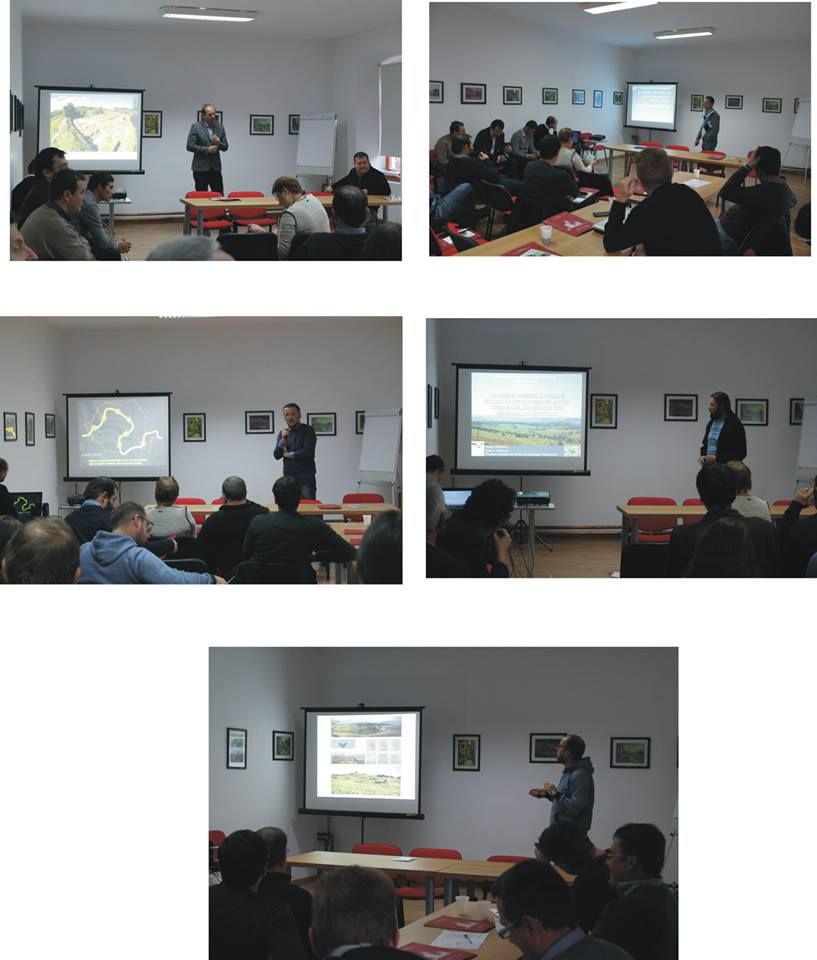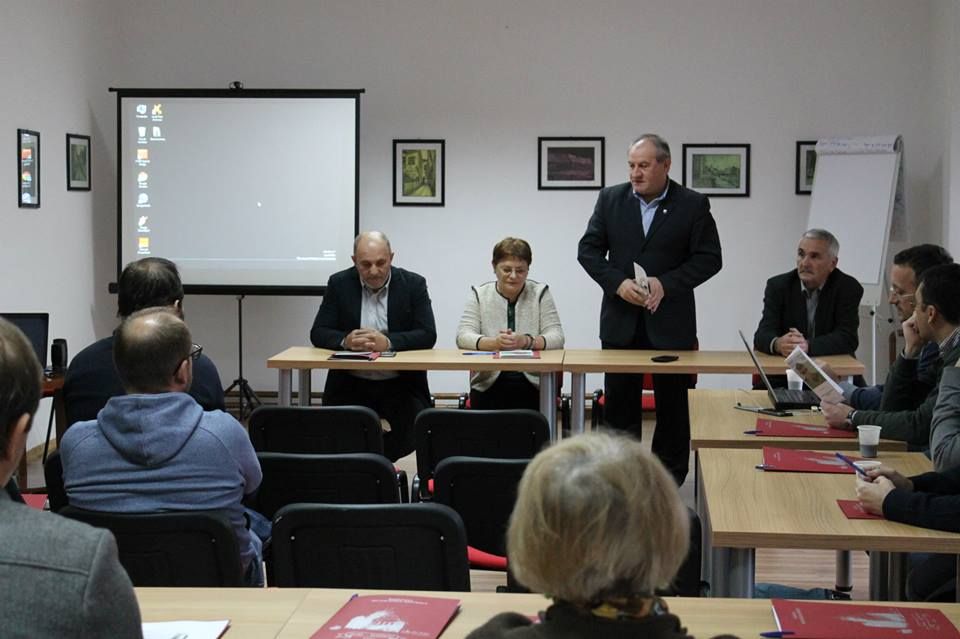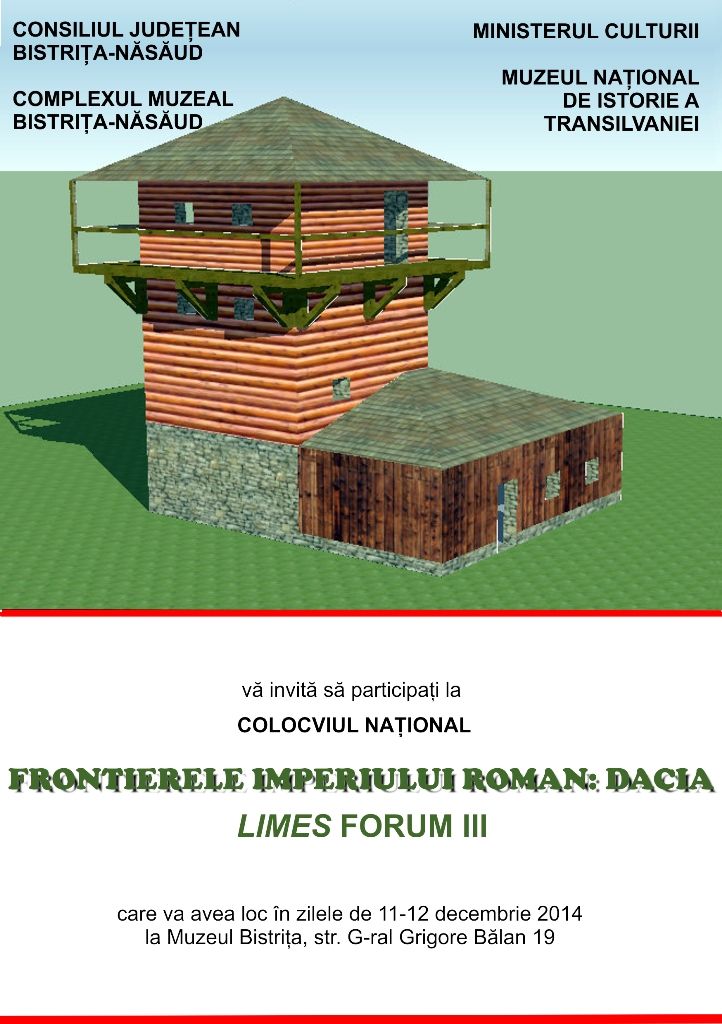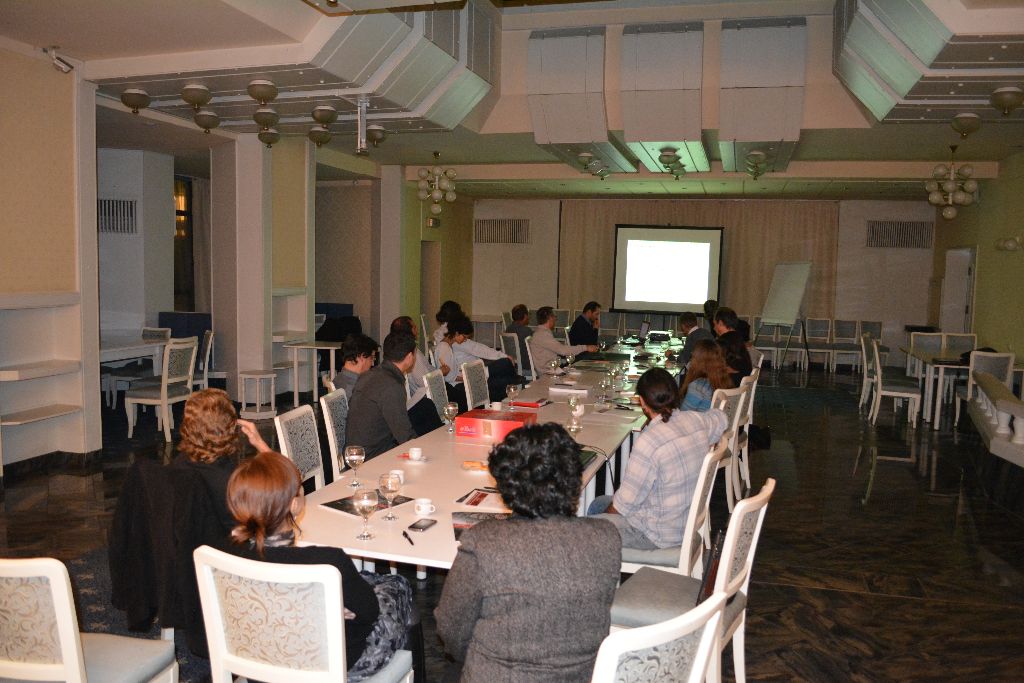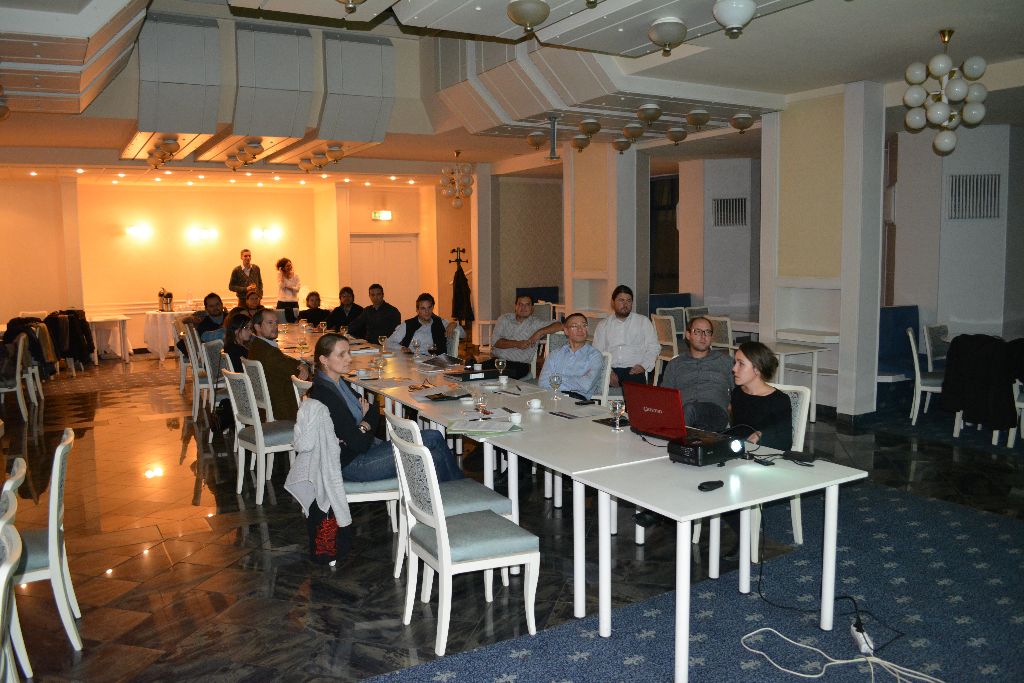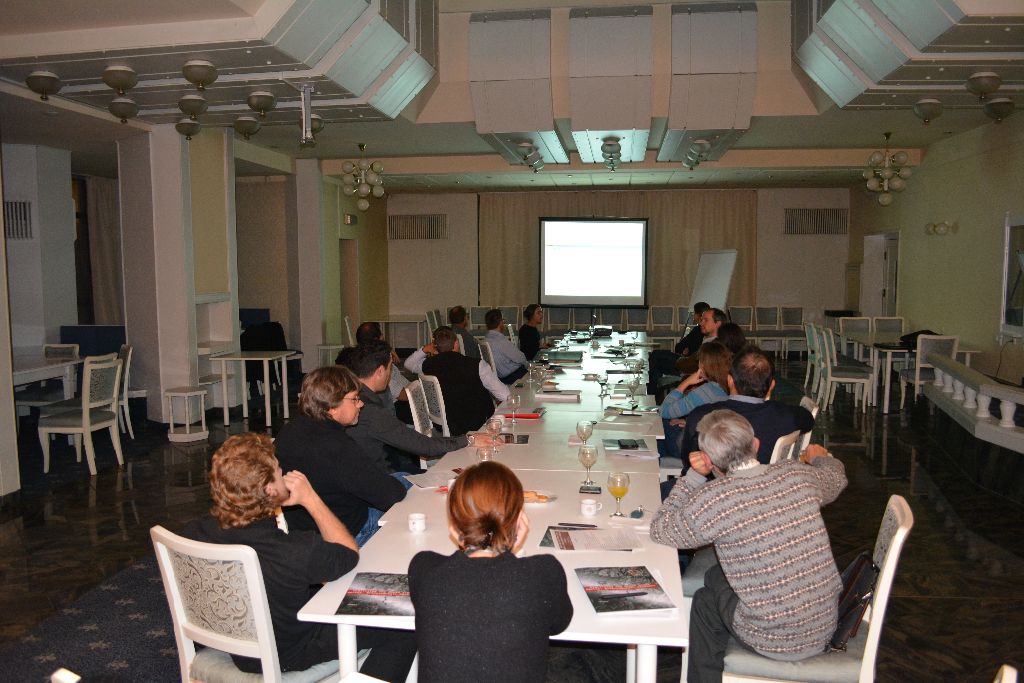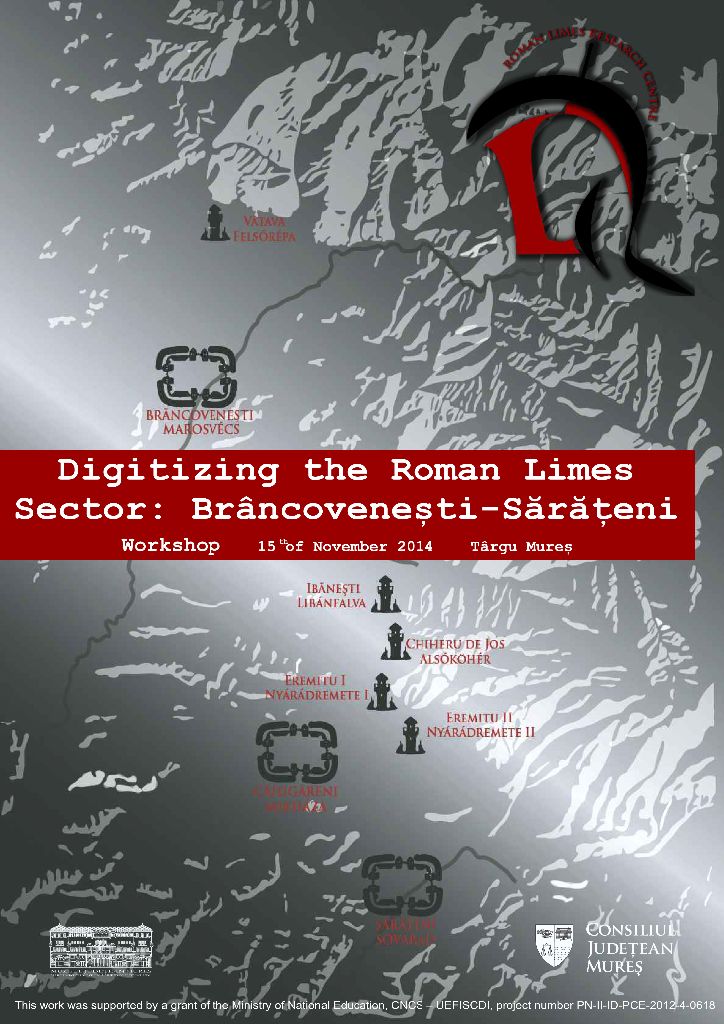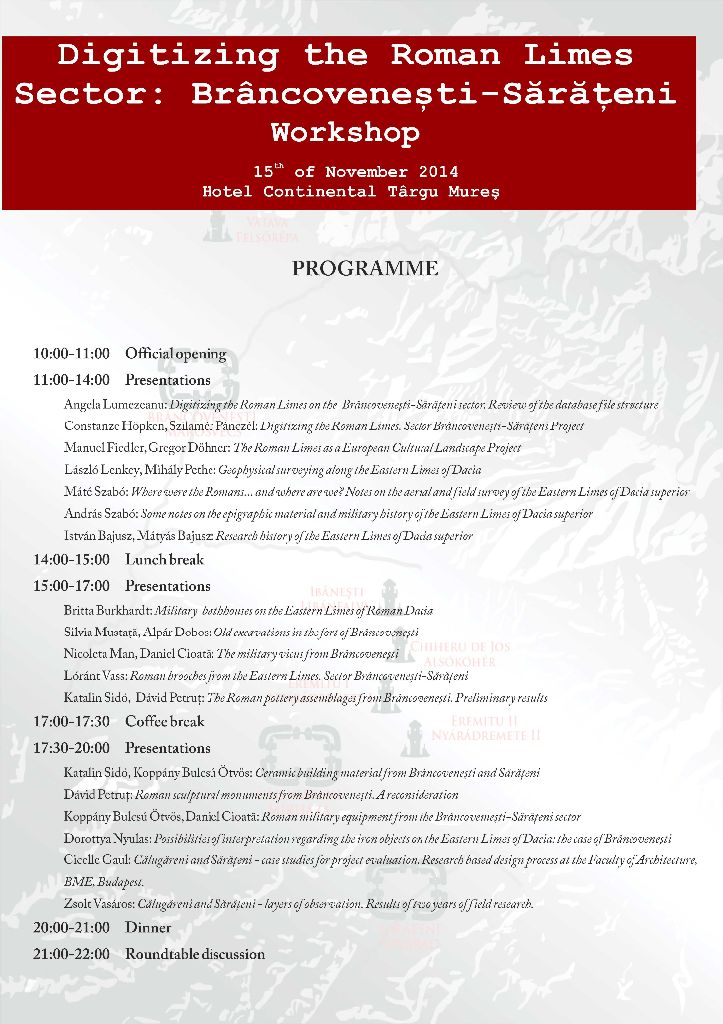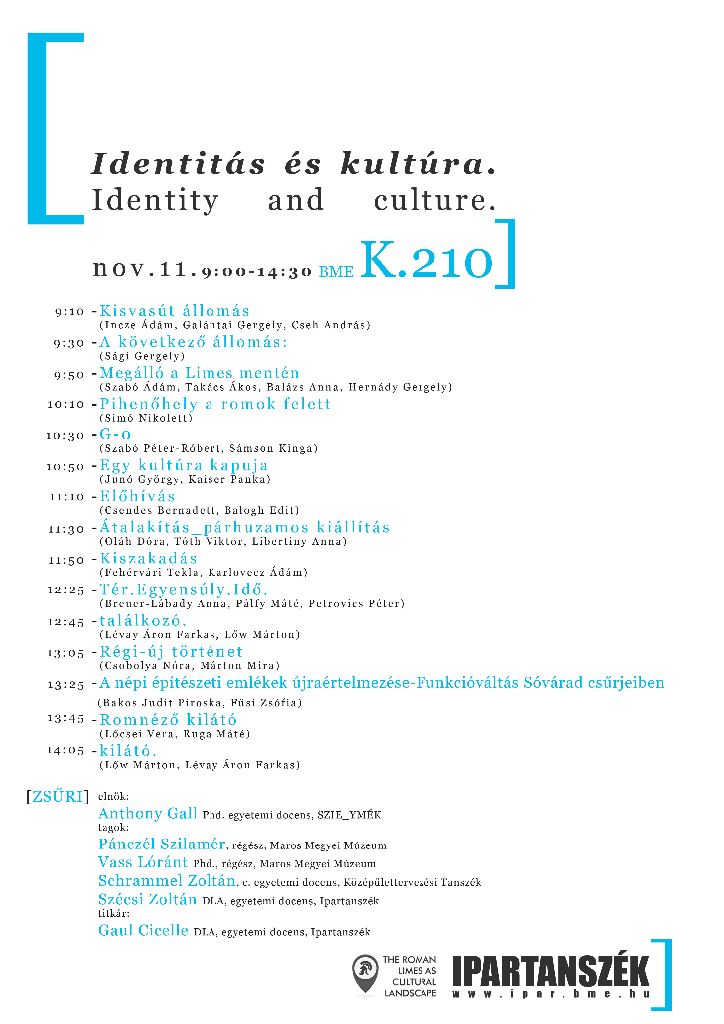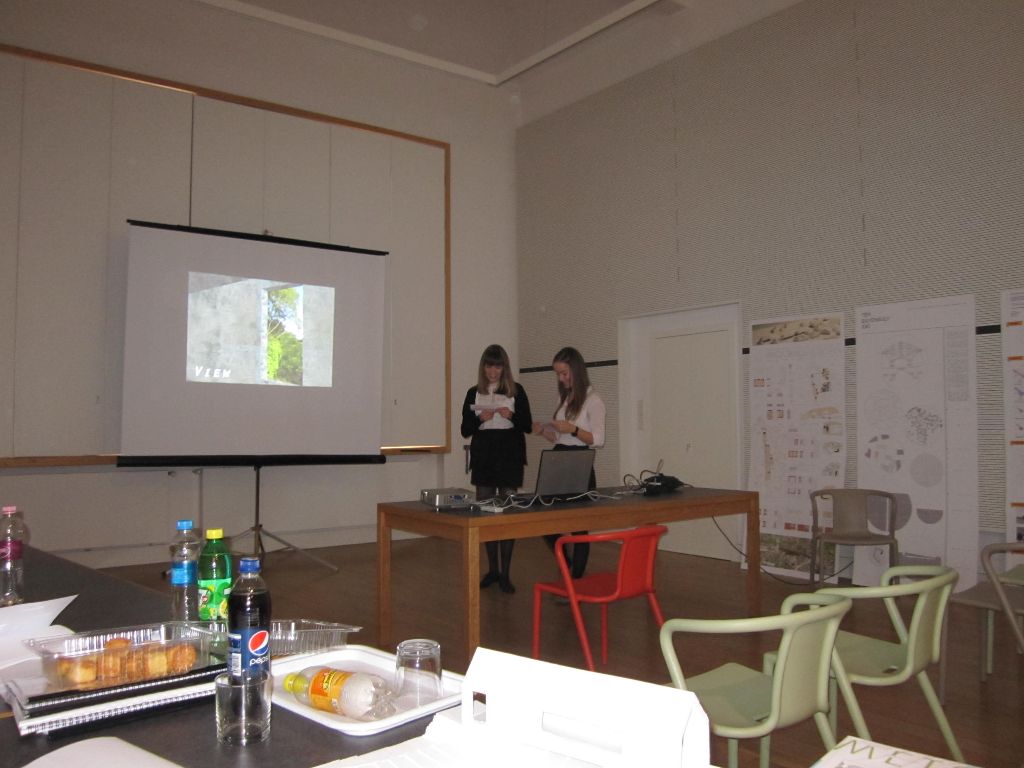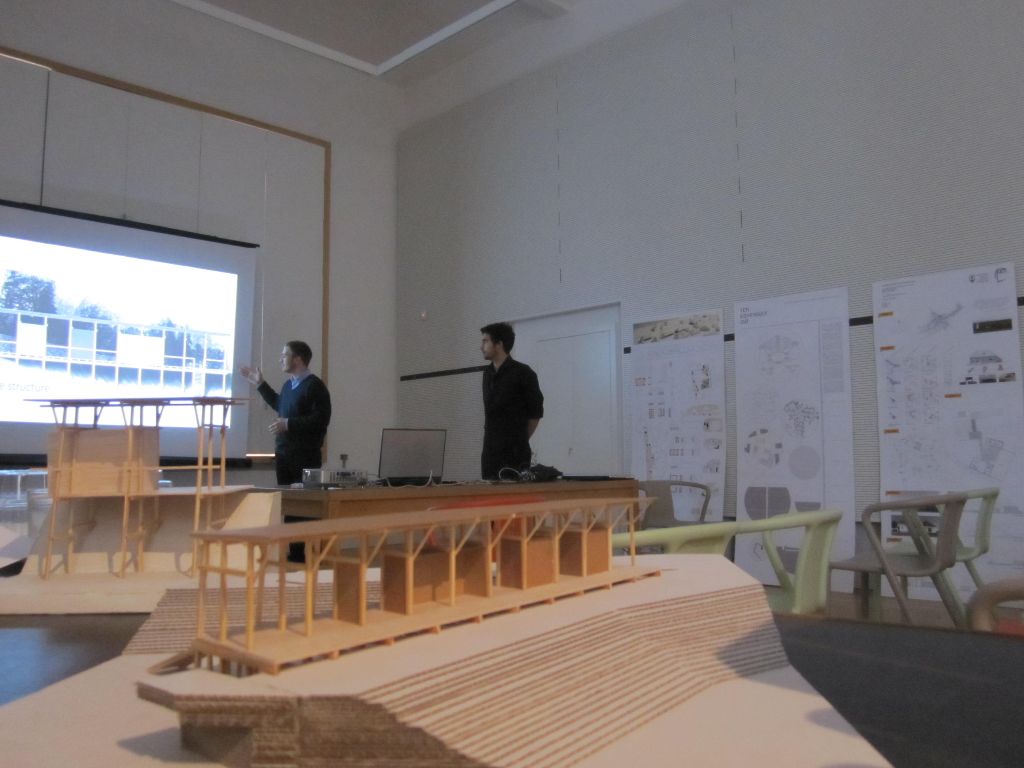Excursion to the Roman baths on the eastern limes
In the first week of March, members of our team decided to make a trip to the places where once stood the Roman bath houses in the vicinities of Roman forts along the eastern limes. Bath houses were one of the most popular and probably most noisy establishments where people could combine the pleasure of becoming clean and eventually getting a massage with socializing and gossiping with other people. Seneca in the Epistulae Morales describes his experiences as a person who lives right over a public bath house: “Beshrew me if I think anything more requisite than silence for a man who secludes himself in order to study! Imagine what a variety of noises reverberates about my ears! I have lodgings right over a bathing establishment. So picture to yourself the assortment of sounds, which are strong enough to make me hate my very powers of hearing! When your strenuous gentleman, for example, is exercising himself by flourishing leaden weights; when he is working hard, or else pretends to be working hard, I can hear him grunt; and whenever he releases his imprisoned breath, I can hear him panting in wheezy and high-pitched tones. Or perhaps I notice some lazy fellow, content with a cheap rubdown, and hear the crack of the pummelling hand on his shoulder, varying in sound according as the hand is laid on flat or hollow. Then, perhaps, a professionalcomes along, shouting out the score; that is the finishing touch.”(Seneca, Epistulae Morales 56/1,2.)
Our excursion was much more of a quiet walk, amplified by our conversations about the information we held about Roman baths, and the barking of dogs from the end of the villages. Even though the baths are researched, the only still preserved, who have experienced the livelyhood of the place are the walls, the tegulae and other finds. Therefore, we can mostly count on them to tell the story which we will hopefully understand.



































